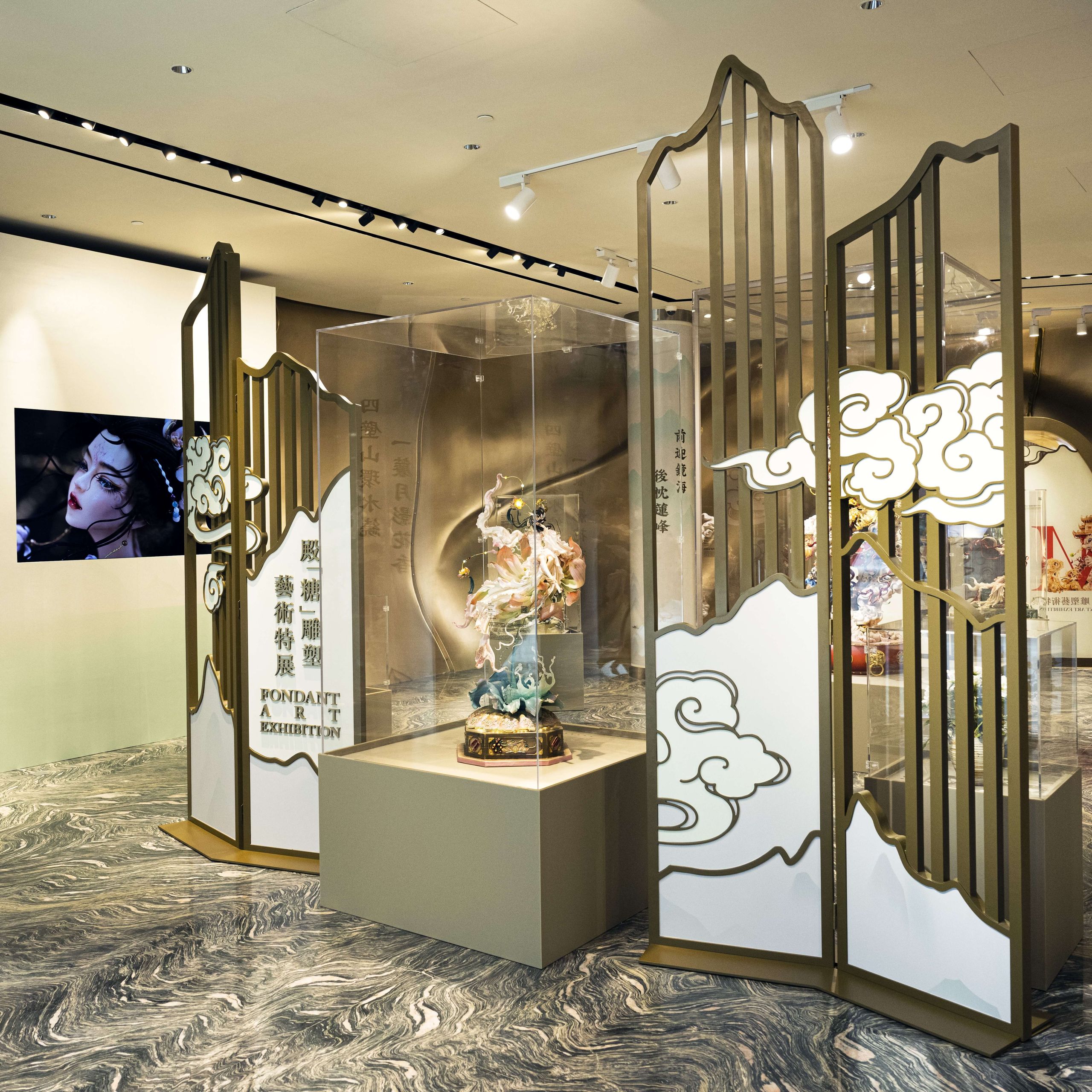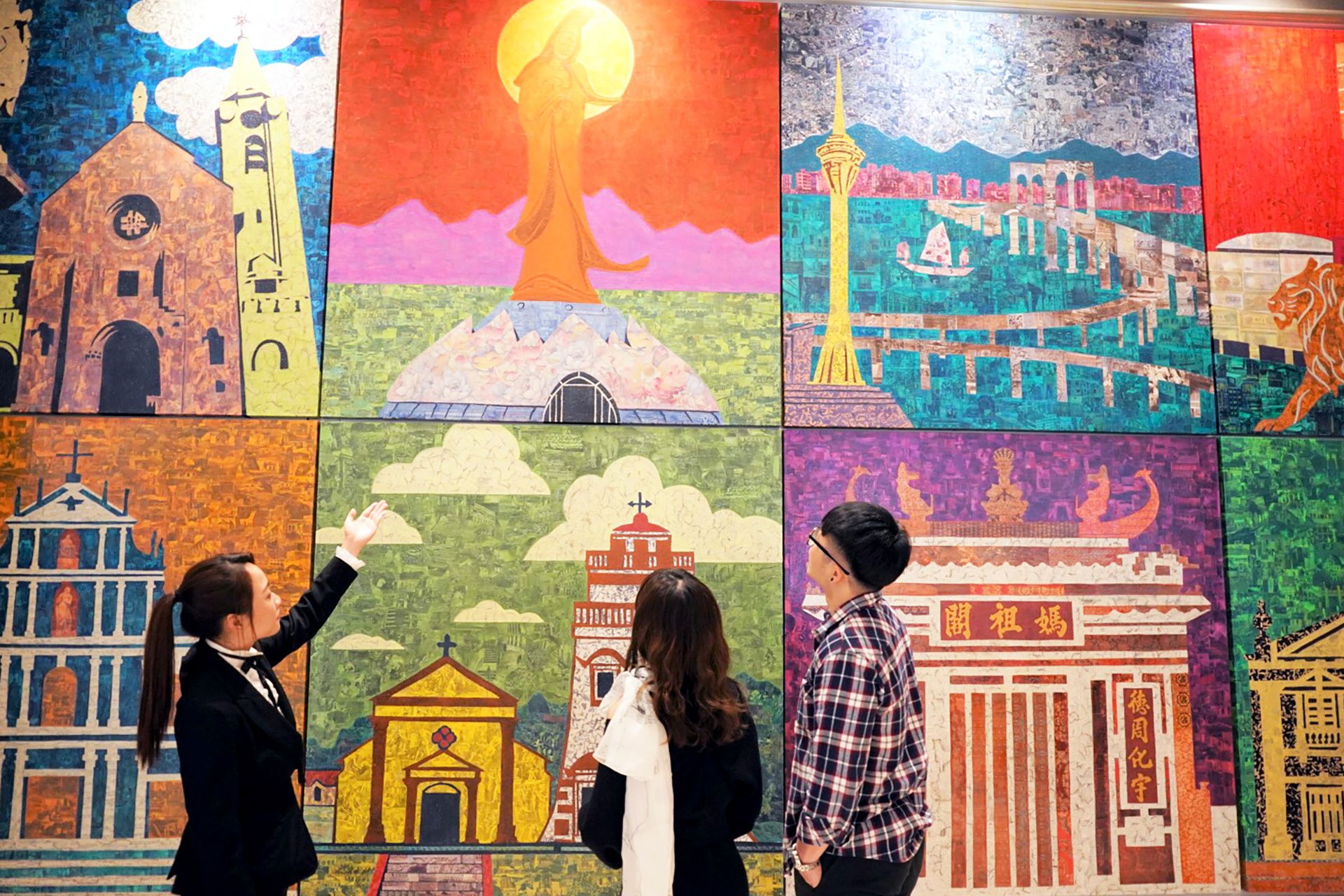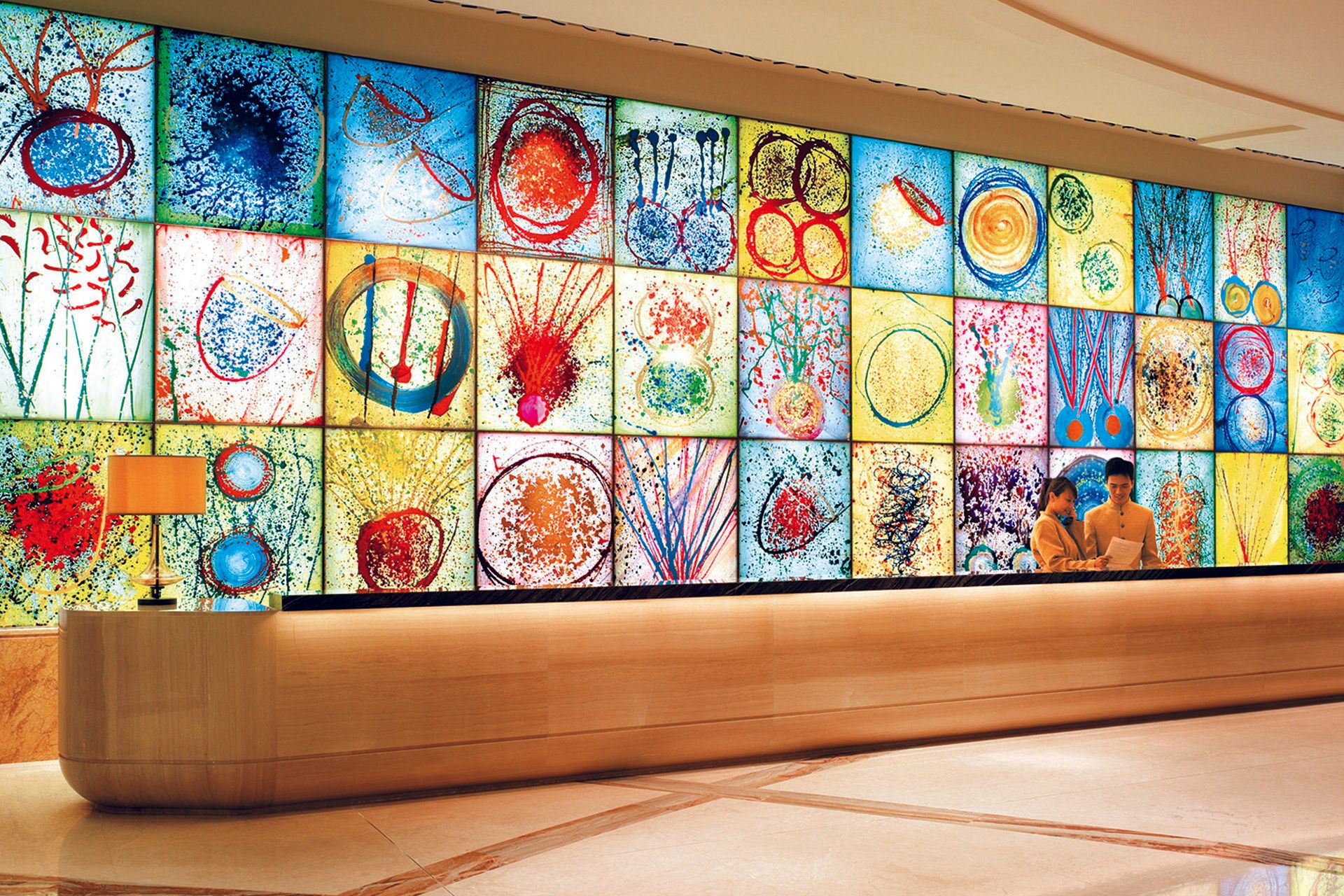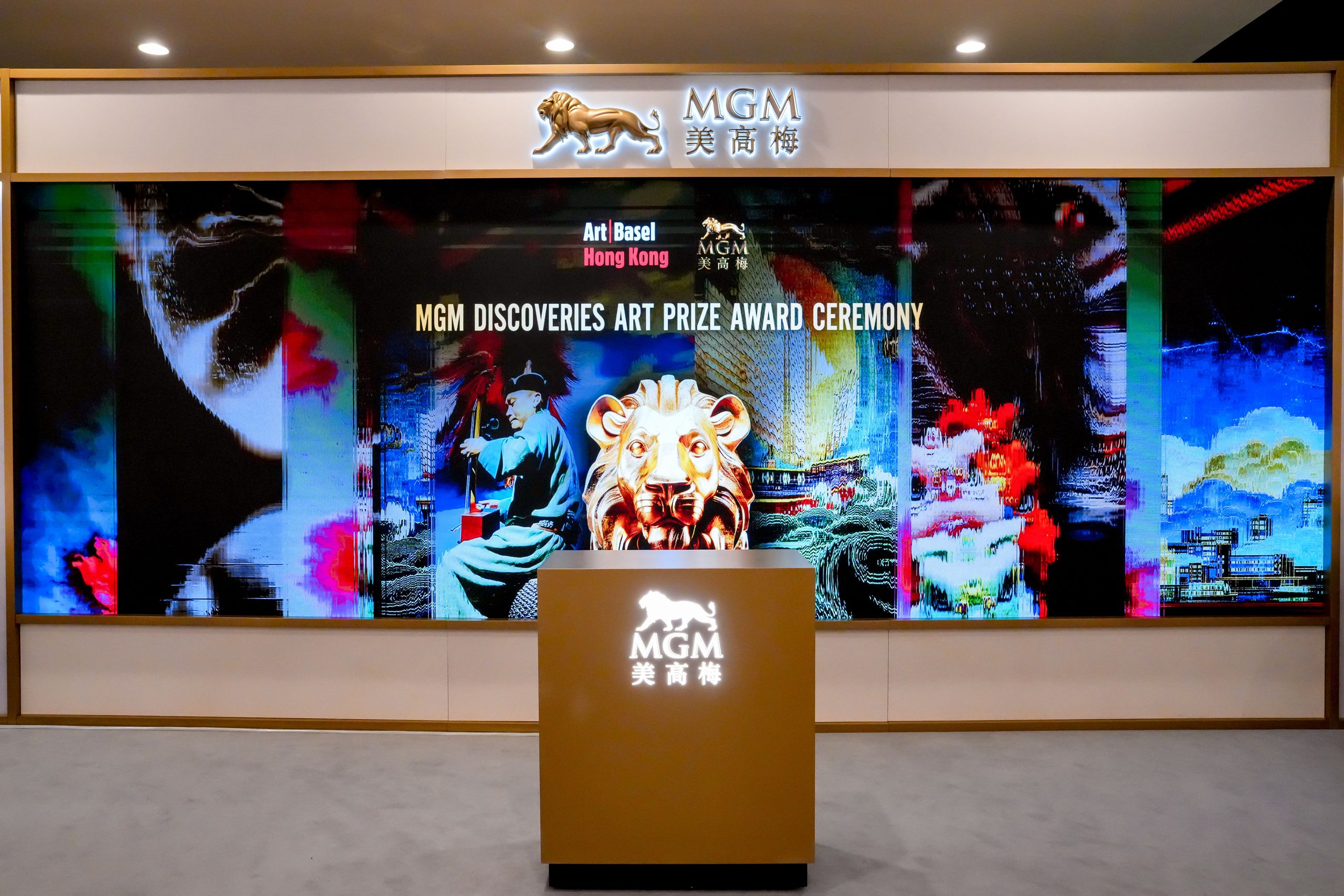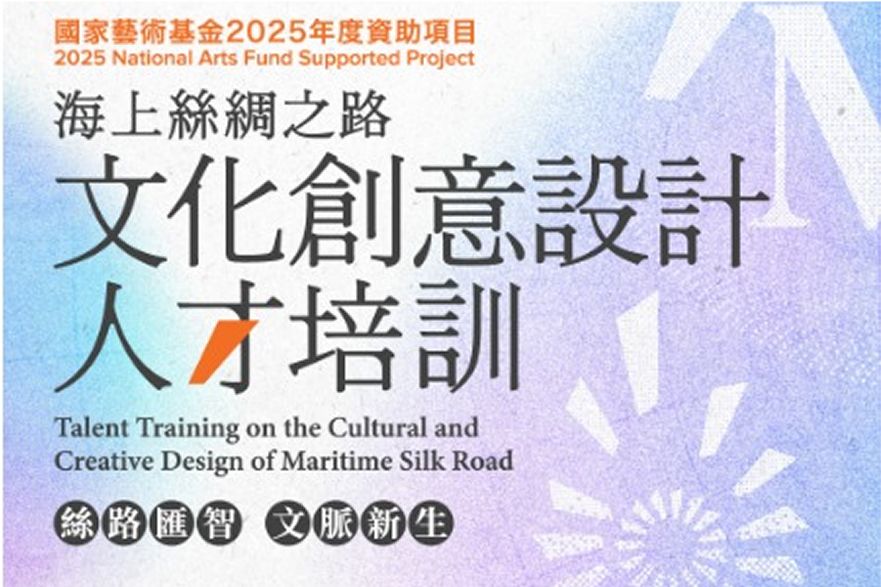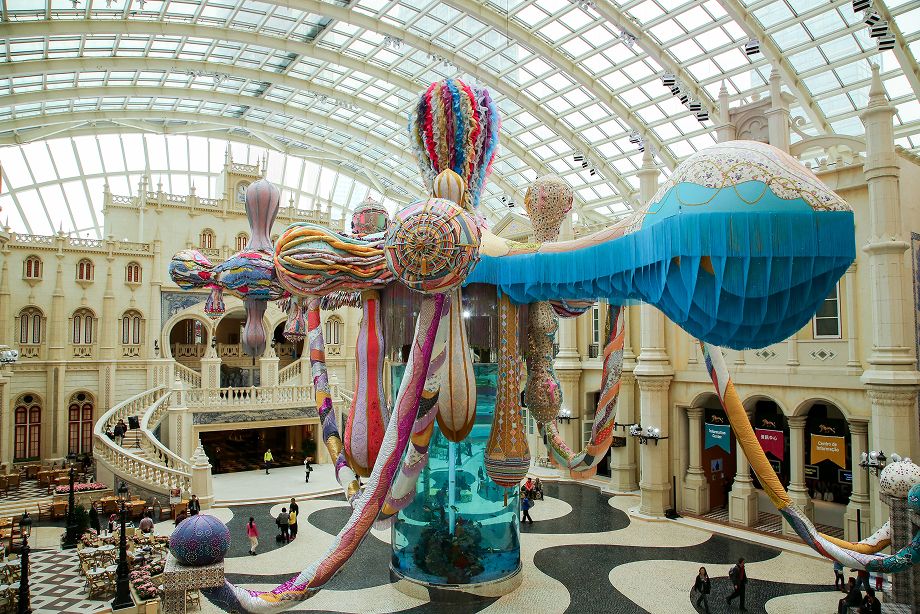MGM
아트 & 컬처
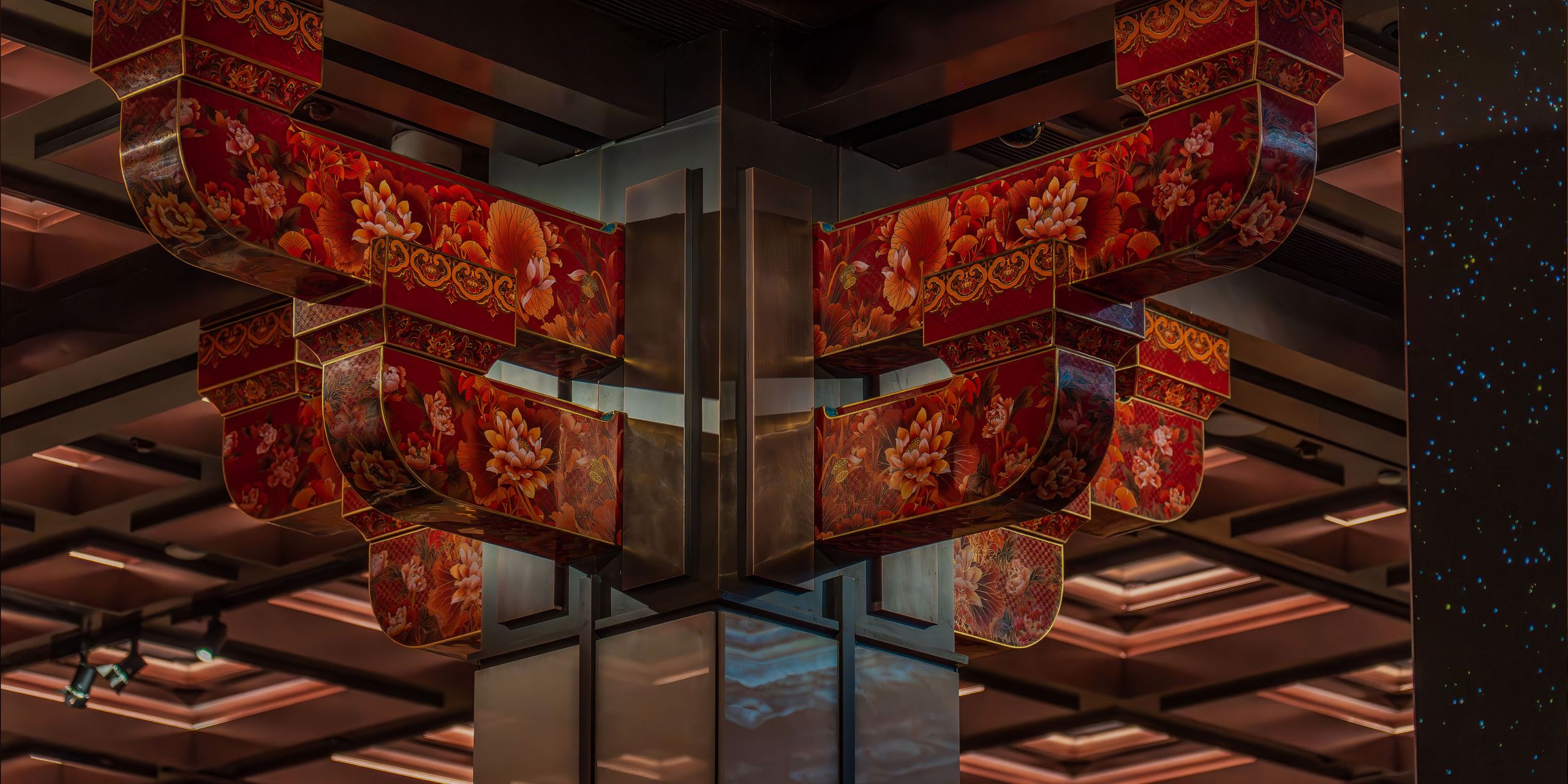
POLY MGM MUSEUM
아시아 문화 관광의 랜드마크이자 세계적 수준의 박물관인 POLY MGM MUSEUM으로 여러분을 초대합니다. 동서양과 고금이 공존하는 이곳에서 중국 무형문화유산의 찬란한 아름다움에 빠져보세요. 전통과 문화, 혁신과 최첨단 기술이 조화를 이루는 다감각적인 예술 여정이 여러분을 기다립니다.
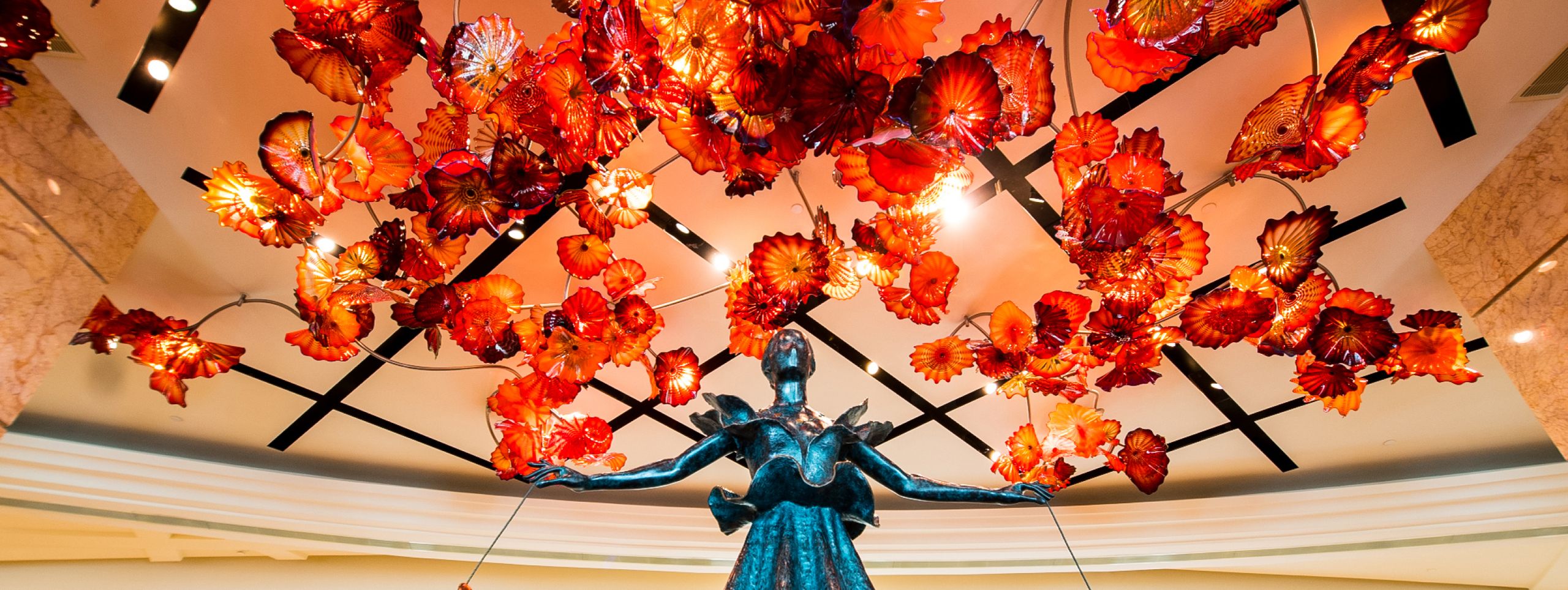
미션 & 비전
예술이 깃든 삶, 삶 속에 살아 숨 쉬는 예술
MGM은 "삶이 곧 예술"이라는 철학을 바탕으로 누구나 예술과 자유롭게 소통할 수 있는 열린 환경을 조성해 고객이 작품에 깊이 몰입하며 새로운 시각을 발견하도록 돕는 한편, 다채로운 문화와 혁신적 기술이 융합된 역동적인 플랫폼을 통해 "아름다운 인생, 멋진 여정"이라는 비전을 실현하고 마카오를 세계적인 예술 교류의 중심지이자 문화 관광의 새로운 리더로 도약시키겠습니다.
MGM에서 만나는 예술 여행
아트 이니셔티브 & 지난 전시
MGM을 더 즐겁게 즐기는 방법.
 Macau international Airport
Macau international Airport Hong Kong-Zhuhai-Macao Bridge Border Gate Hengqin Port
Hong Kong-Zhuhai-Macao Bridge Border Gate Hengqin Port Macau Outer Harbour Ferry Terminal Taipa Ferry Terminal
Macau Outer Harbour Ferry Terminal Taipa Ferry Terminal
QR코드 스캔으로 MGM 공식 위챗을 팔로우하여 최신 혜택을 받아보세요!
© 2025 MGM. All Rights Reserved.


